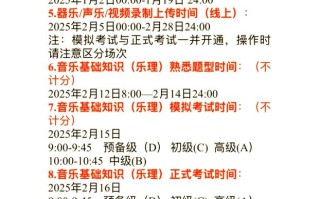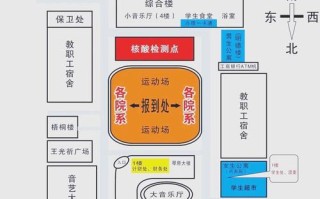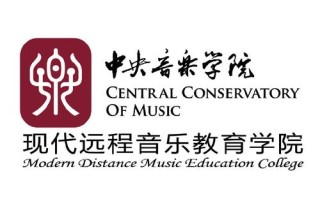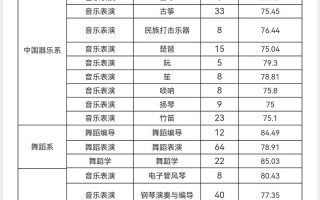当时的DJ音乐是营造主场气势不可或缺的一部分,主要分为以下几类:

胜利/进球后嗨曲
这是球迷印象最深刻的音乐,每当球员得分(尤其是三分球、扣篮)或球队取得大优势时,DJ就会播放激昂的音乐来点燃全场,这类歌曲通常节奏感强、旋律抓耳,非常适合带动气氛。
2025年辽宁主场常用的进球/胜利后音乐包括:
- 《We Will Rock You》 - Queen: 这是CBA乃至世界体育场馆的“神曲”,几乎每个球队都会用,简单的跺脚节奏和合唱,能让全场球迷整齐划一,气势磅礴。
- 《Thunderstruck》 - AC/DC: 经典的摇滚歌曲,前奏的吉他solo一响起,就知道有好戏上演了,非常适合在球员罚球或关键回合前播放,制造紧张又兴奋的氛围。
- 《Till I Collapse》 - Eminem: 这首歌的歌词和节奏充满了力量和决心,“Lose yourself in the moment, you own it”等歌词非常契合运动员的心态,当辽宁队打出好球或需要鼓舞士气时,这首歌是绝佳选择。
- 《The Next Episode》 - Dr. Dre: 嘻哈经典,节奏感极强,非常适合在快攻得分后播放,显得非常酷和有冲击力。
- 《Stronger》 - Kanye West: 歌词“Harder, Better, Faster, Stronger”本身就是一种精神的体现,象征着球队越战越勇。
- 《Numb/Encore》 - Linkin Park & Jay-Z: 摇滚与说唱的完美结合,能量十足,是很多CBA主场的最爱。
- 《Wake Me Up》 - Avicii: 电音节奏,旋律上口,能让气氛瞬间从紧张转向欢快和律动。
球员出场/热身音乐
每个主力球员都会有自己的专属出场音乐,用以展示个性并激励球员。
- 郭艾伦: 他的出场音乐通常是《U Make Me Wanna》 - Blue,这首歌节奏轻快,旋律朗朗上口,非常符合郭艾伦突破犀利、充满活力的球风,每次他持球突破时,这首歌的旋律仿佛就在耳边。
- 哈德森: 作为球队的外援核心,他的出场音乐通常是英文说唱或摇滚歌曲,《All I Do Is Win》 - DJ Khaled 或其他一些节奏强劲的嘻哈音乐,用来彰显他的大心脏和关键先生属性。
- 其他球员: 球员们的热身音乐则更多是当下流行的欧美流行乐或EDM电音,Calvin Harris, David Guetta, The Chainsmokers 等人的作品,营造轻松又充满活力的训练氛围。
全场互动/球迷助威音乐
这类音乐用于暂停、中场休息或需要全场大合唱的环节,目的是增强球迷的参与感。

- 《We Are The Champions》 - Queen: 在比赛胜利后,几乎全CBA球队都会播放这首歌来庆祝夺冠,2025年辽宁队捧起总冠军奖杯时,这首经典的旋律响彻体育馆,是无数辽篮球迷心中永恒的记忆。
- 《Lose Yourself》 - Eminem: 这首歌的歌词非常适合在关键时刻播放,激励球员和球迷屏住呼吸,专注于比赛。
- 一些中文流行歌曲: 当时也有一些节奏感强的中文歌曲被用作助威音乐,但以英文歌曲为主,因为其更强的节奏感和国际化的氛围。
如何寻找这些音乐?
由于2025年的DJ歌单没有官方完整版,但根据球迷回忆和比赛录像,可以总结出以下方法来找到最接近的版本:
-
在音乐App上搜索关键词:
- 在网易云音乐、QQ音乐等App中搜索 “CBA 热场音乐”、“篮球 DJ 音乐”、“Sports Anthems” 等关键词。
- 搜索具体歌曲名,如 “We Will Rock You”、“Thunderstruck”、“U Make Me Wanna”。
-
观看2025年辽宁队比赛录像:
- 在B站、腾讯体育等平台搜索 “2025 辽宁本钢 比赛录像” 或 “郭艾伦 高光时刻”。
- 观看视频时,注意听进球后或球员出场时的背景音乐,很多视频会保留原始的现场音效,这样能最准确地找到当时播放的音乐。
-
关注相关主题的UGC内容:
 (图片来源网络,侵删)
(图片来源网络,侵删)- 在抖音、快手等短视频平台,搜索 “辽宁本钢 主场音乐”,有很多球迷会制作当年的高光视频并配上当时的BGM。
2025年辽宁主场的DJ音乐是一个以欧美经典摇滚和说唱为主,辅以电音和流行金曲的歌单,其核心目的就是最大化地调动主场球迷情绪,为球队创造最恐怖的主场优势,这些音乐不仅属于CBA赛场,也属于那一年所有为辽宁队呐喊助威的球迷们,是那段辉煌岁月不可或缺的“听觉记忆”。
标签: 辽宁主场2025dj音乐节 辽宁2025主场dj电音现场 辽宁主场2025年dj打歌现场






